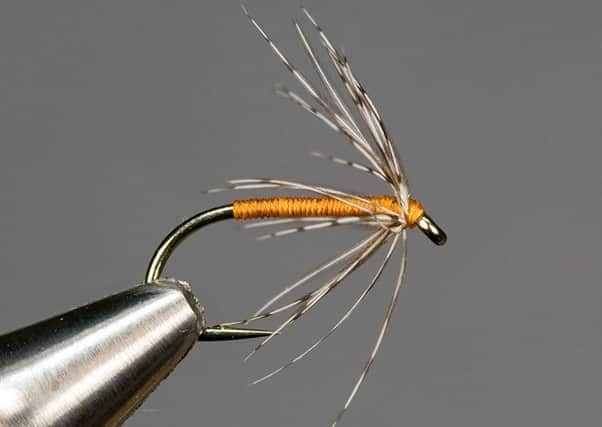Ian McMillan: The joys of fly fishing by Yorkshire's JR Hartley


I thought about these insect representations the other day when, killing time on Leeds station with an espresso, I got talking to a man called Bob Smith because I saw that he was reading a book of Ted Hughes poems; he explained that he was a big fan of Hughes the fisherman as much as Hughes the poet, and that led us on to my dad and his flies and that led us, wonderfully, onto Bob’s magnificent tome The North Country Fly: Yorkshire’s Soft Hackle Tradition.
My dad would have loved the book; he would have done the dishes at lightning speed, flung his pinny into the air and rushed into the conservatory and buried his nose in Dark Watchets and Orange Dotterels. The North Country Fly is a tone poem of praise to the fishing fly, and the twin joys of the book for me are the evocative lists of the names of the flies, and the tales of people like Frances Maximilan Walbran (1851-1909) from Ripon, who ran a legendary fishing tackle shop called The Northern Anglers’ Depot in Leeds and from where he published a book called Walbran’s British Angler.
Advertisement
Hide AdAdvertisement
Hide AdThe fly names are sometimes beautiful, sometimes odd, sometimes beautifully odd, but always evoking the morning rise on a Yorkshire river when you know, you just know, that you’re going to catch something: there’s the Light Dun Bloa and the Winter Brown, the Partridge And Blue (one of the names my dad loved to say over and over again) and the Hare’s Lug And Plover. The book is full of illustrations, including photographs of feathers that take your breath away, and remind me of the postman delivering a bag full of feathers to my dad with a chuckle and a message: “Catch one for me, Mr Mac, and then we’ll have it for tea!” but of course my dad wasn’t listening: he was opening the bag and pulling out the Fieldfare Over-Coverts and the Heron Secondaries, looking for a moment like Icarus, about to fly too close to the sun with his home-made wings. And in the end that’s what this book is about: dreams. The dream of making a fly so spectacular that the fish will take it first time, and the dream of taking home and cooking it to perfection.
n The North Country Fly by Robert L Smith Coch-y-Bonddu Books.